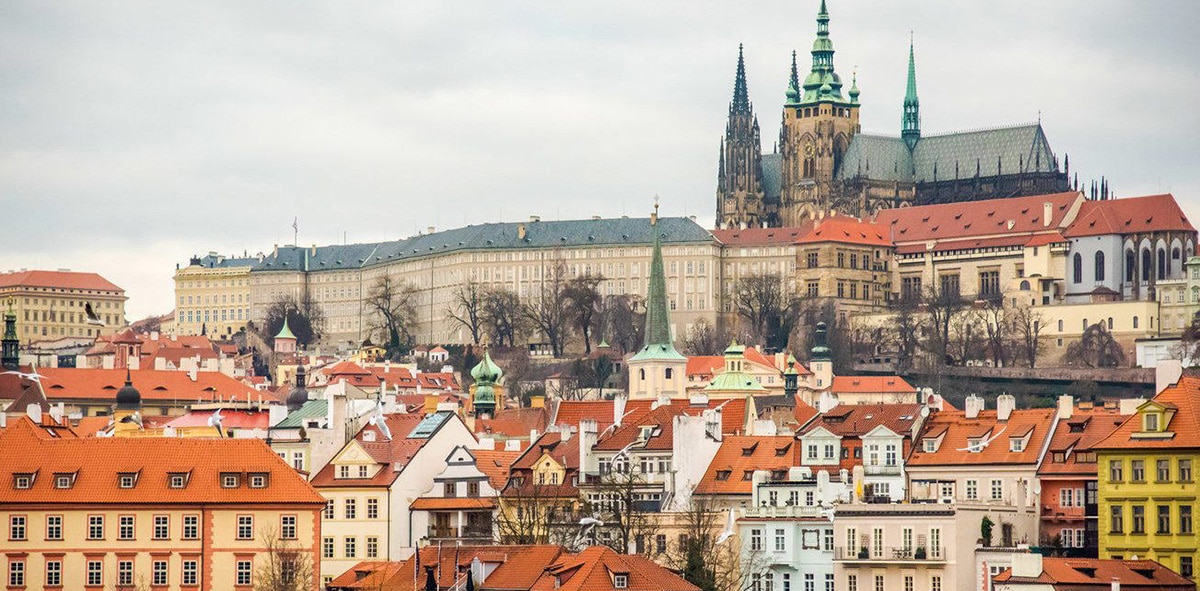
One of the most beautiful cities in Europe is Prague, capital of the Czech Republic. It is a city with a lot of history because some of the most important events in Europe had their chapter here.
That history is what has endowed it with a truly unique and wonderful urban profile. Centuries of architecture They can be seen on the streets of Prague and we will talk about that in today's article.
Prague, the city

The Celts were the first people to settle here in a stable way, later the Germans and Slavs arrived. Prague was founded in the XNUMXth century. The kings of Bohemia made Prague the seat of their government and many of these sovereigns were ultimately Holy Roman Emperors.
Prague grew a lot in the XNUMXth century when King Charles IV expanded the city with new buildings on both sides of the Vltava, also joining them with the construction of a bridge. By the XNUMXth century Bohemia passed into the hands of the Habsburgs and thus Prague became an Austrian province.
After the 30 Years' War, the city continued its economic growth and that bonanza was translated into architectural changes. Then the two world wars would come and Czechoslovakia, under the Soviet sphere. Finally, in 1989 Prague said goodbye to socialism, being the center of the so-called Velvet Revolution.
Czechoslovakia disappeared from the map and two countries were born: the Czech Republic and Slovakia. Prague has been the capital of the former ever since.
Architecture in Prague
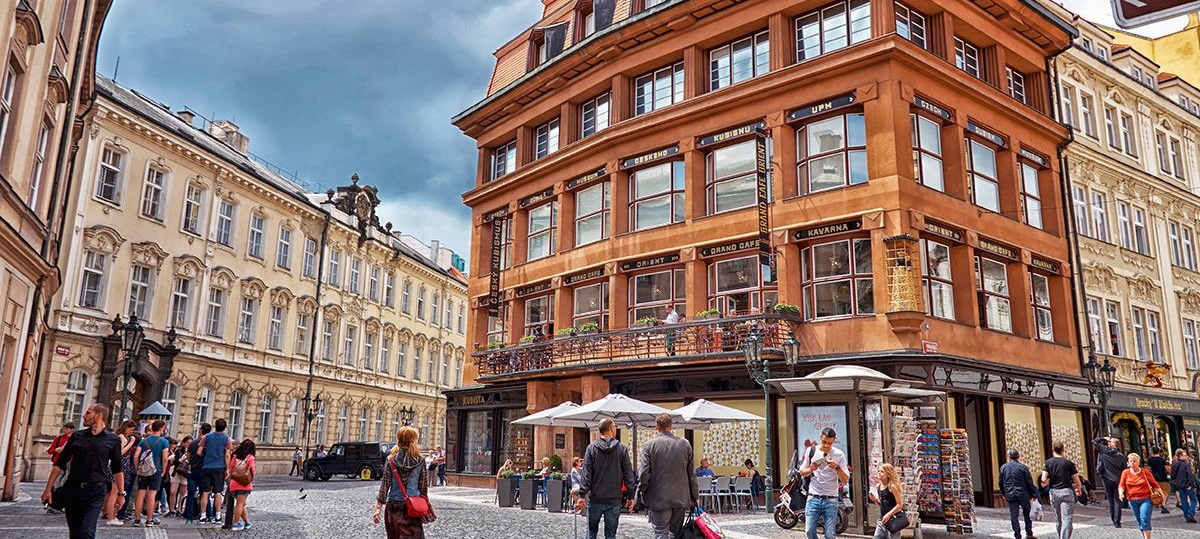
With this amount of centuries of life the truth is that Prague has a beautiful and varied architecture, many styles that coexist. And since it is not a very big city, it is ideal to explore it thoroughly and on foot, to admire this multitude of buildings.
We can talk about the following architectural styles in Prague: Romanesque, Gothic, Renaissance, Baroque, Rococo, Classical and Imperial, Historicist, Moorish Revival, Art-Noveau, Cubism and Rondocubism, Functionalist and Communist.
Romanesque architecture in Prague
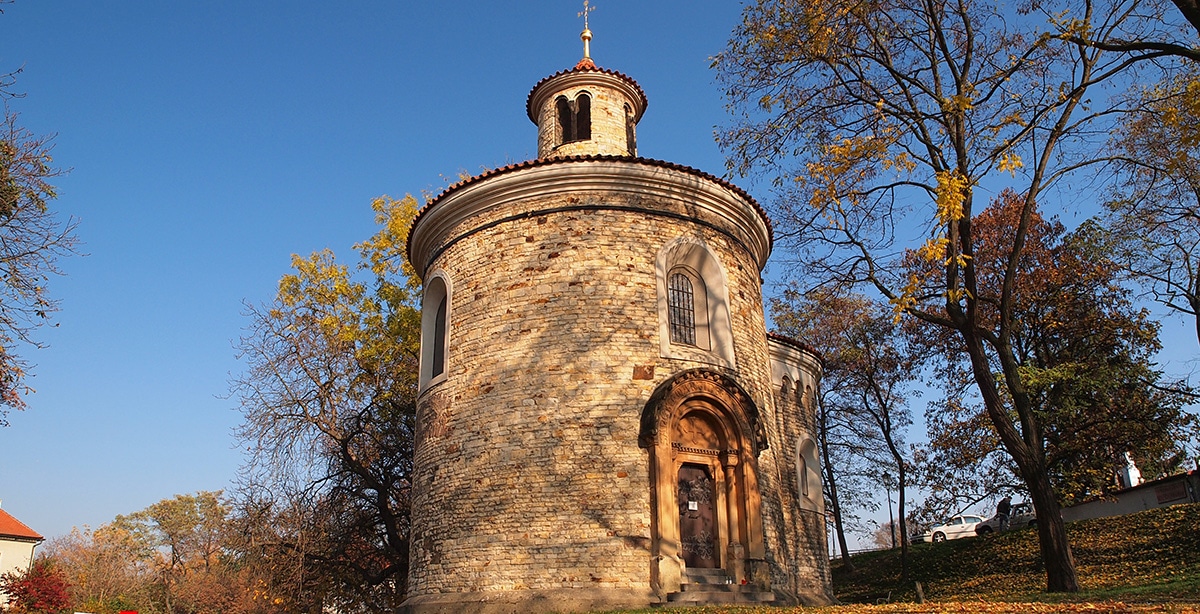
The Romanesque name tells us that this architecture has to do with the Romans and it was a style that was imposed in Europe in the Middle Ages, obviously inspired by classical antiquity.
Romanesque architecture is a mixture of Roman and Byzantine styles and is characterized by arches, ornate columns, powerful and imposing towers, wide walls and cross vaults. The buildings are thus quite simple and symmetrical.
What Romanesque architecture is there in Prague? Well there is the Rotunda of the Holy Cross, from the end of the XNUMXth century, in the old town. Another rotunda, circular building, is that of San Martin, the oldest in the city It dates from the time of Vratislav I. It is from the XNUMXth century and only opens during religious services.
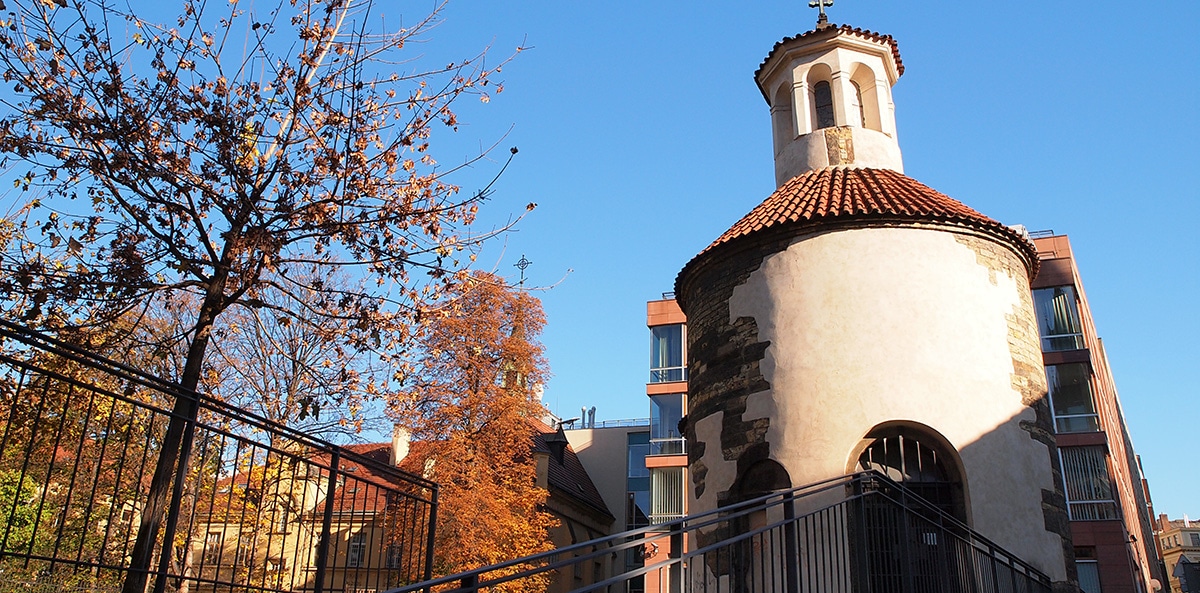
There is also the rotunda of St. Longinus, on Stepanska street and near the Church of San Stepan. It is the smallest rotunda in the city and dates from the second half of the XNUMXth century. We have the Basilica of Saint GeorgeAlthough it has certain baroque elements that were added to it in the seventeenth century, but it retains a wonderful and monumental interior.
Gothic architecture in Prague
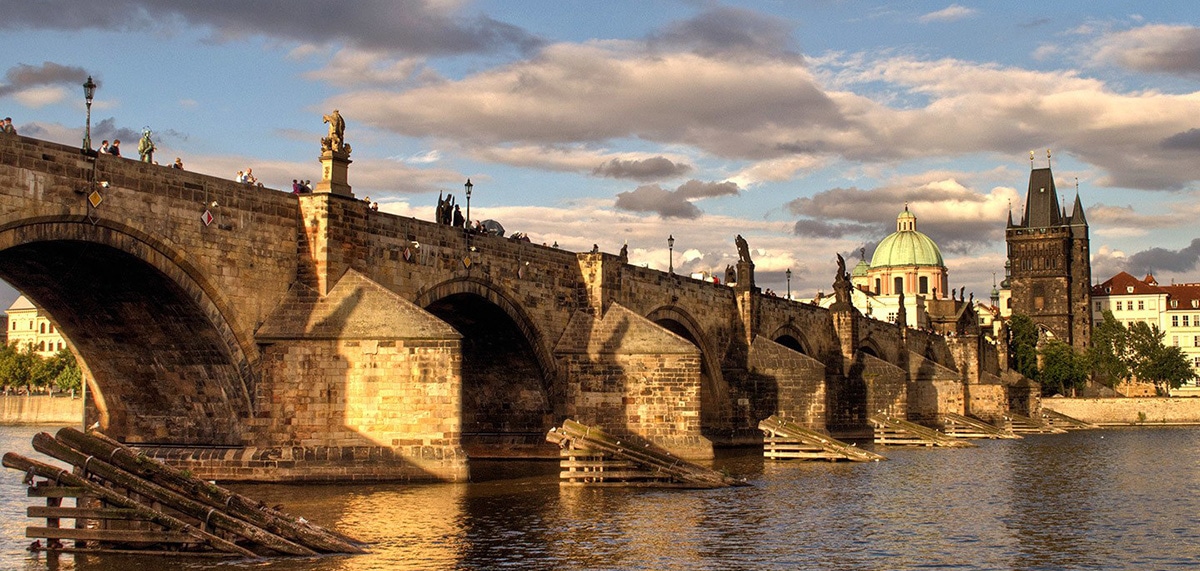
As we said above, the Romanesque style became Gothic in France in the XNUMXth century. Later it expanded throughout the rest of Europe until the XNUMXth century, to have a certain revival in the XNUMXth century. This style is characterized by Pointed arches, colorful stained glass, ribbed vaults and soaring spaces. It is a style very seen in churches and later in universities. It speaks of the magnificence of God and knowledge.
In Prague we see the Gothic style first in the Charles Bridge, beautiful, recently restored. There is also the Church of St. Vitus, commissioned by Charles IV in 1344, and inspired by French cathedrals, and the Church of Our Lady before Tyn. This church is in the center of the old town and is impressive, especially at night. It was built in 1365 with funds from German merchants.
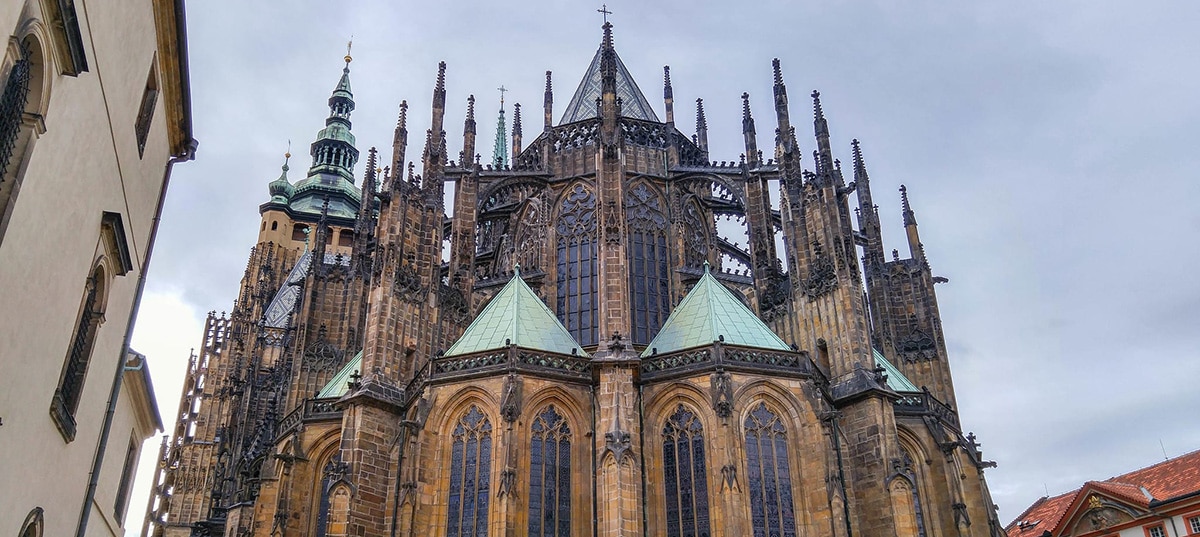
There is also the Powder Tower 65 meters high, built by Matous Rejsek in 1475. It is located at the beginning of the Coronation route and is very aristocratic. It is followed by Convent of San Agnes de Bohemia, founded by Princess Agenes of Premyslid in 1231. It is the oldest gothic building in Prague and it belonged to the Franciscan order. It also served as a crypt for this dynasty.
La Stone Bell House It is on the Old Town Square and is another beautiful example of Gothic in Prague. It was built in the 80th century and was completely restored in the XNUMXs of the XNUMXth century.
Renaissance architecture in Prague
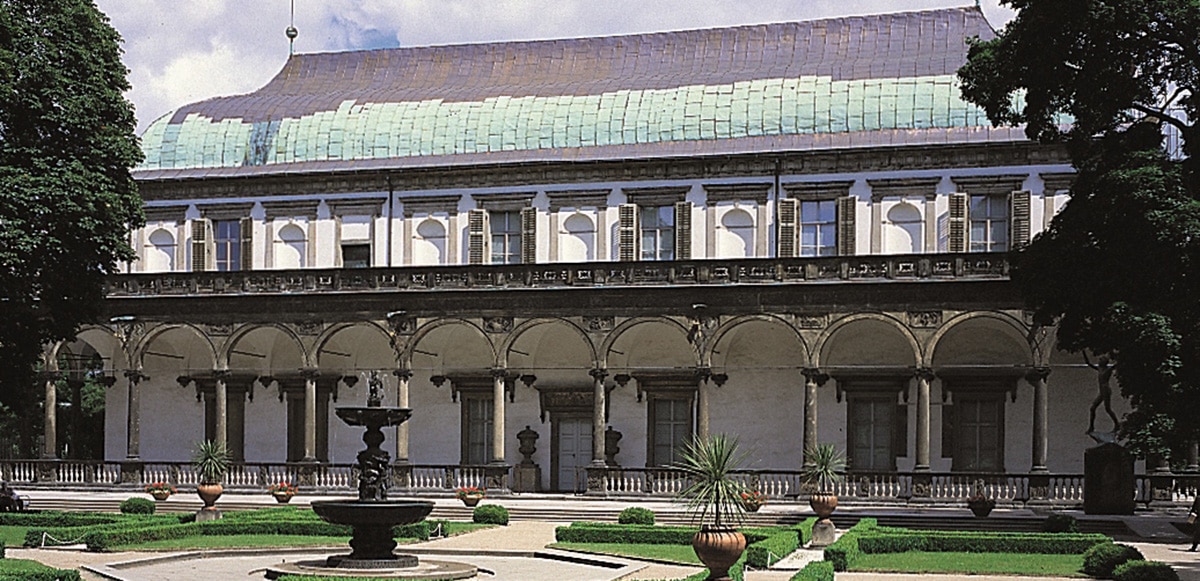
Renaissance architecture developed between the beginning of the XNUMXth century and the XNUMXth century. Florence and its dome are examples. This style spread to Italy first and then to France, Germany and neighboring countries, even reaching Russia.
Renaissance architecture brings elements of Greek and Roman cultures so returns to symmetry, geometry and proportions of that time. How? Using pillars, domes, niches, columns and frescoes.

In Prague the Renaissance style can be seen in the Royal Summer Palace, commissioned by Ferdinando I in 1538 for his wife, Queen Anne. Also in the Game roomIt's in the Royal Gardens, dating from the mid-XNUMXth century. Tennis and badmington were played here, at least in their primitive forms. Another example is the Schwarzenberg Palace, in Hradcanske Square, in black and white throughout its facade.
El Summer Palace Star It is another Renaissance building, well symmetrical, and also the House of the Minute, in the old town square. It has a super decorated facade with drawings from Greek mythology and some biblical references as well. It dates from the early XNUMXth century and is believed to have been a tobacco shop.
Baroque architecture in Prague
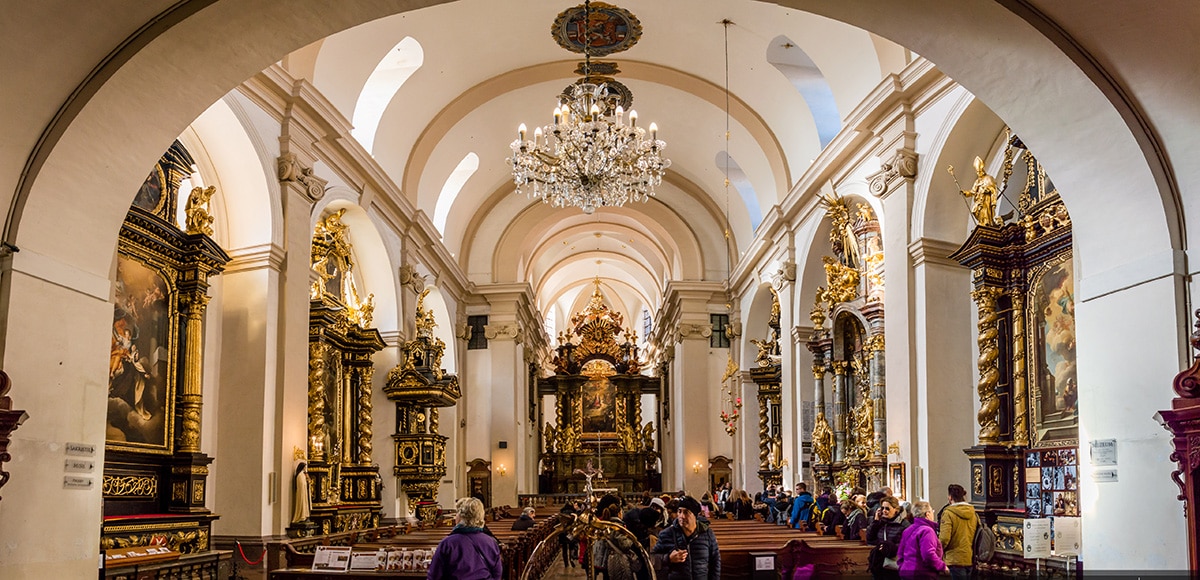
The baroque style was born at the beginning of the seventeenth century in Italy and grew hand in hand with Catholicism and the State. This style It is characterized by flowery sculptures, lots of color, light, shadows, paintings, colorful frescoes and lots of gold. The Italian nobles and the church promoted this style so it reflected their power and wealth.
In Prague this style is seen in the Church of Our Lady of Victory, built by German Lutherans in 1613. It passed into the hands of the Discalced Carmelites in 1620. The Strahov monastery It is on a hill and is the second oldest monastery in the city. It dates back to the XNUMXth century and is impressive, a peaceful and beautiful site.
There is also the Church of San Nicolás, with an imposing dome, from the XNUMXth century. The Château Troja It is surrounded by beautiful gardens and old vineyards. It was built with the money of the wealthy Sternnberg family and you can't miss it. The Loreta It is from 1626 and it knew how to be in the hands of the Capuchin monks. It used to be a pilgrimage destination and has some beautiful frescoes.
El Sternberg Palace It is in Hradcanske Square it is hidden behind the Archbishop's palace. Behind the massive iron gates is this Baroque jewel built at the end of the XNUMXth century.
Rococo architecture in Prague
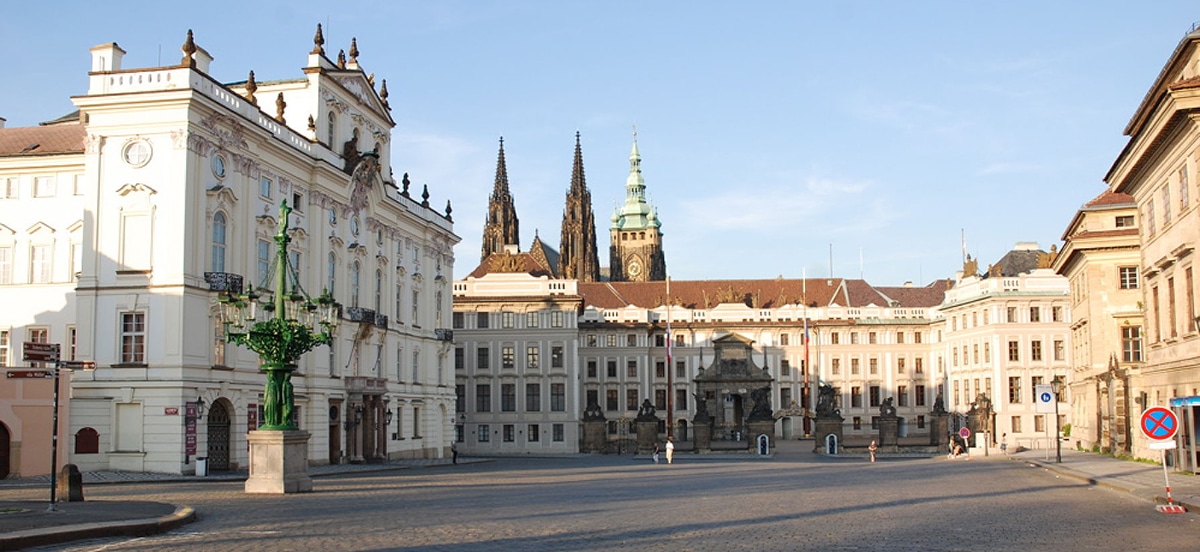
The rococo born at the end of the XNUMXth century in continental Europe and its latest version fuses French elements. The name is the union of the barocco Italian with French word rockery, shell. So this style is rich in elaborate curves, overloaded decorations, tapestries, mirrors, reliefs, paintings ...
In Prague you find the rococo style in the Archbishop's Palace built in the 1420th century, replacing the old rococo building burned in XNUMX. Huge, white and imposing. There is also the Kinsky Palace, with a pink and white stucco facade that is beautiful. It was built in the middle of the XNUMXth century.
Classical and imperial architecture in Prague
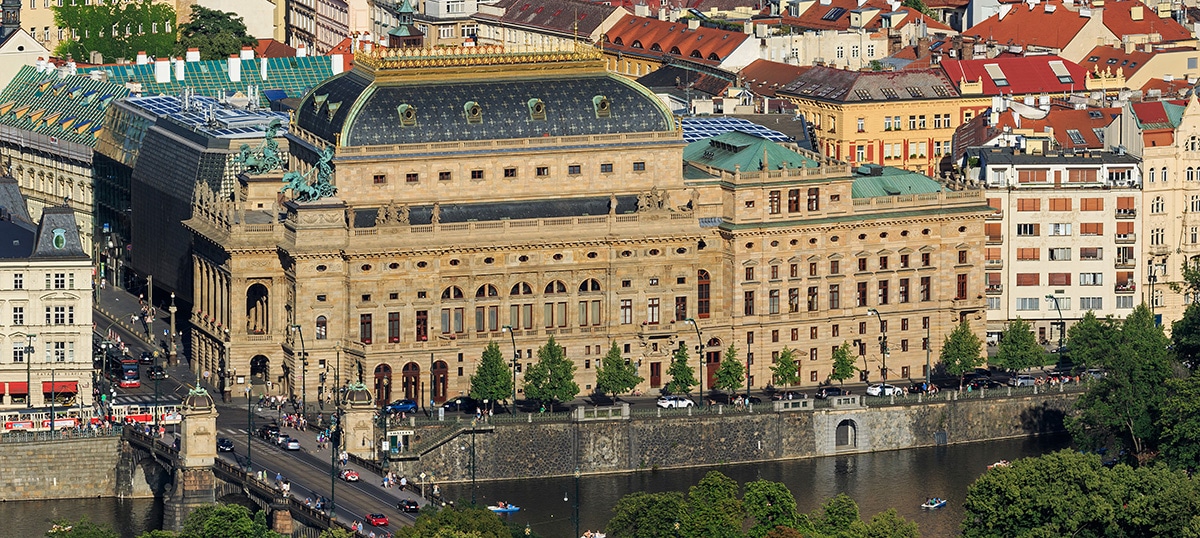
This style is characterized by being awesome and it turned characteristic of public buildings throughout the world, supplanting the ornate style of Rococo. It was a zero pretentious style, sober, more on the side of the people and the State than of the nobility or the clergy.
In Prague we see it reflected in the Prague State Theater, with its columns, its light palette and its walls painted in light green. In here Mozart himself directed his works.
Historicist architecture in Prague
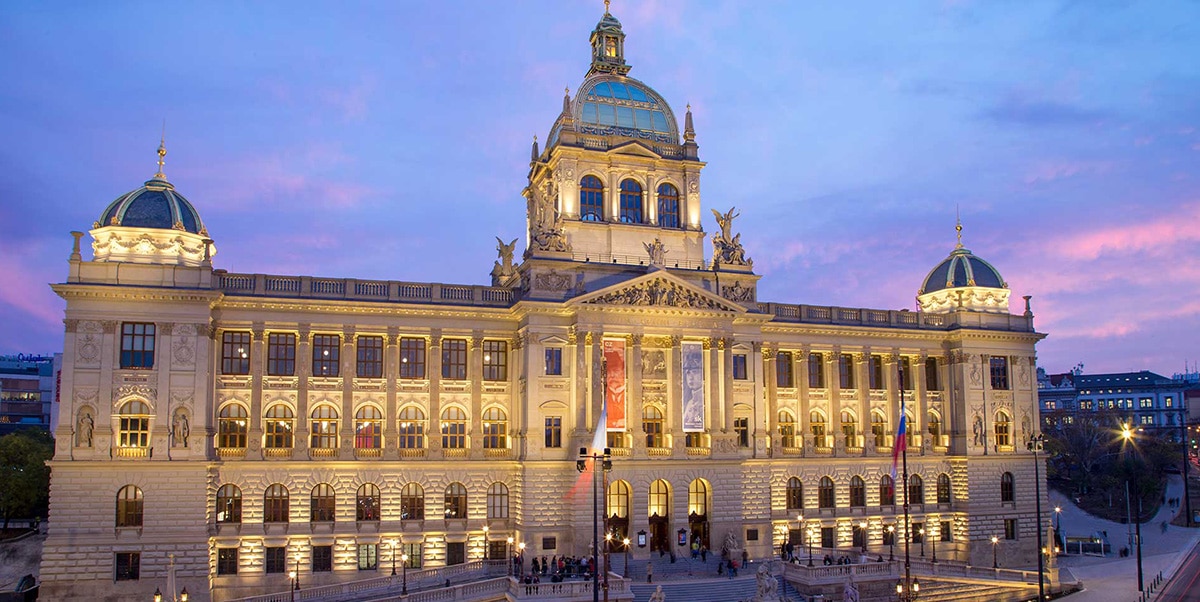
Historicism in architecture and art is a back to the past, to classicism although with certain touches of other styles as well. It is not very well seen, because architecture is supposed to look forward and not backward, but it still says present in Prague.
Where? In the National Museum in Prague, dating from the late XNUMXth century, on Wenceslas Square, the National Theatre from the same period, the interior of the State Opera House, from 1888, the Hanavsky Pavilion, in Lena Park, built in 1891 and in a neo-baroque style with a lot of iron.
There is also the Church of San Pedro and San Pablo, in the Vysehrad fortress, neo-Gothic, with two spiral towers and the Church of Saint Ludmila, with an impressive facade.
Moorish revival architecture in Prague
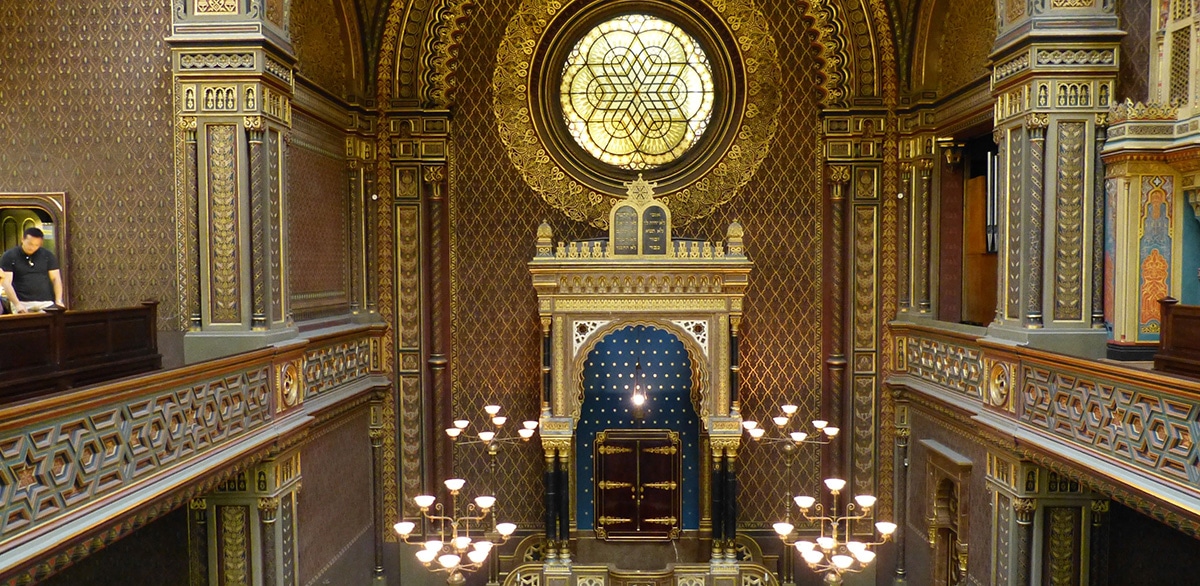
At some point in the Romantic movement, Europe fell in love with the Eastern style, especially in the XNUMXth century.
By then many buildings were built in Moorish revival style, and in the case of Prague we see it in the Spanish Synagogue of 1868, based on the Alhambra and the Jubilee Synagogue of 1906.
Art-Nouveau architecture in Prague
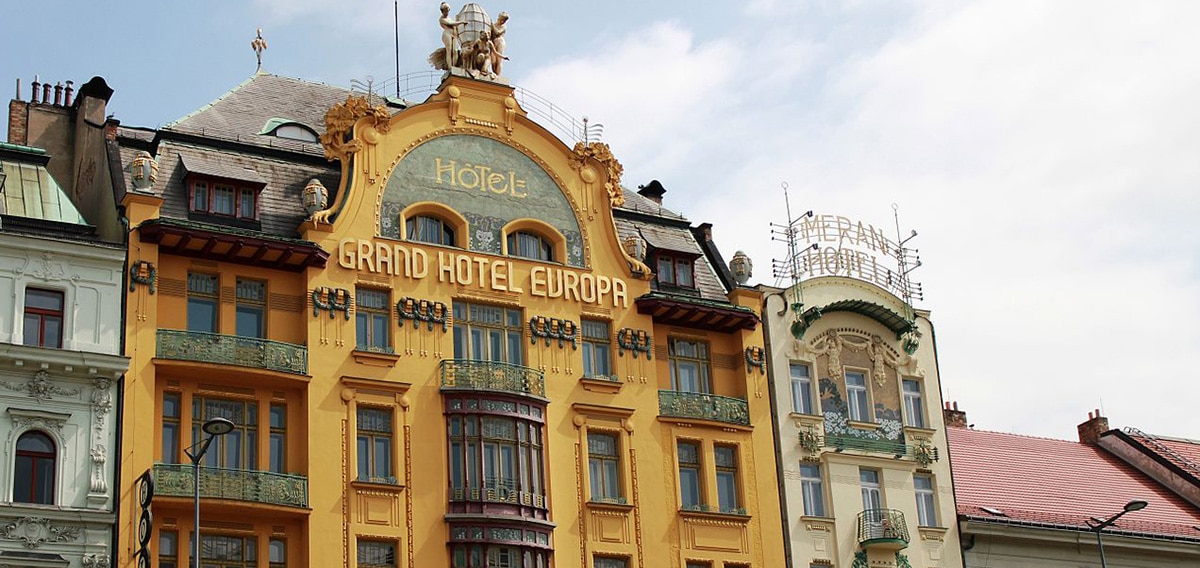
My favorite style, I must say, that was reflected in many areas: jewelry, clothing, furniture, buildings ... In Prague we see this magnificent style in the Municipal House of 1911, the Evropa Hotel on Wenceslas Square, built in 1889, the Hotel Paris of 1904 and the Wilsonova Building at the train station.
There is also the Industrial Palace, one of the first steel structures in these lands, a real palace of glass and iron dating from 1891. Finally, also in Art-Nouveau style are the Topic House, in front of the National Theater and the Vysehrad Train Station, an abandoned station that used to be splendid, the Vinohrady Theater, Villa Saloun, Koruna Passage or the Villa Bilek which today serves as the Municipal Gallery.
Cubist and Rondocubist architecture
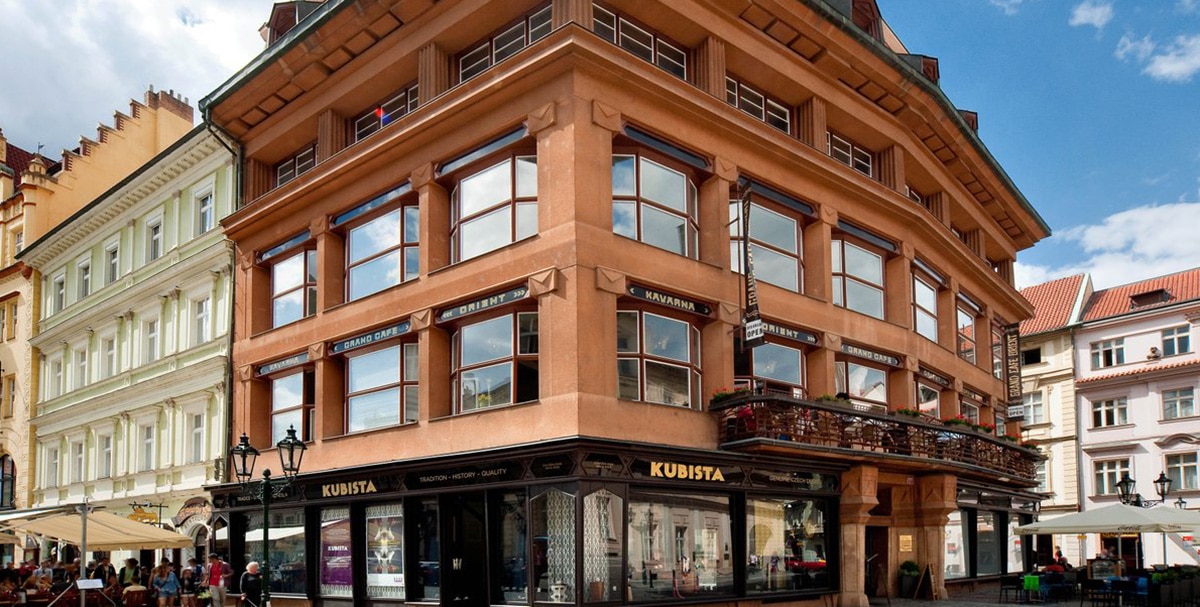
Cubism goes hand in hand with Paul Cezanne and dates from the first decade of the twentieth century. Cubes, schemes, a style Picassor very particular, that's what this style is about. It cannot be limited to a single country and within the Czechs we can remember the painters Emil Fila or Josef Capek and various architects and sculptors who left their mark on the city.
Thus, within this style is the House of the Black Madonna, of reinforced concrete, built between 1911 and 1912, the Villa Kovarović, destination of architecture students. There is also a cubist lamp post, the only one in the world, on the corner of Wenceslas Square and the Adria Palace, Legio Bank, more rondocubist.
Functionalist architecture in Prague
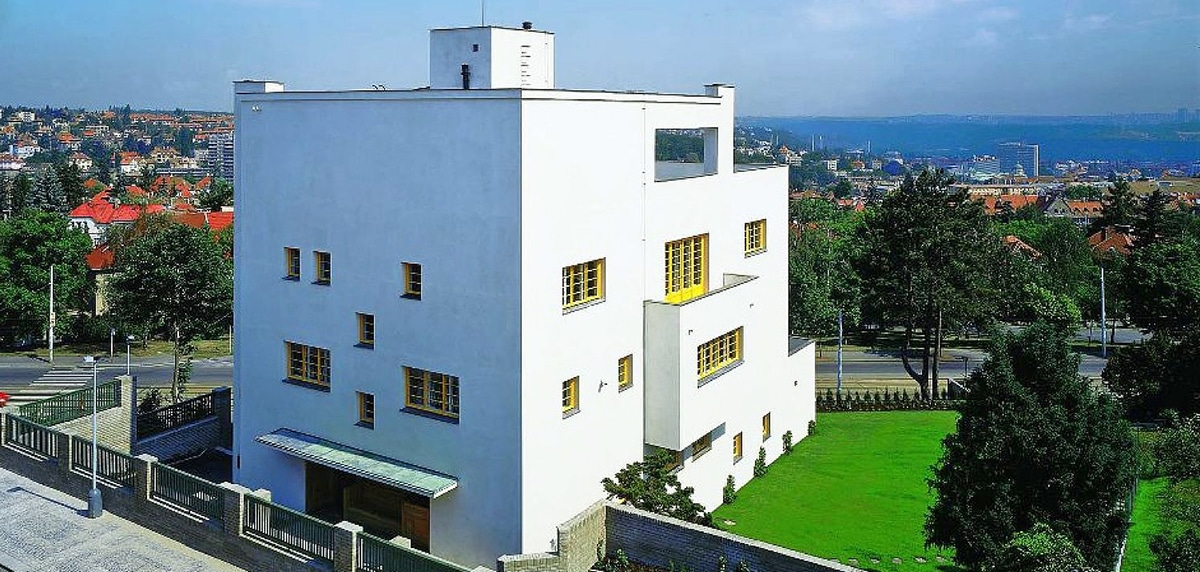
This style says that the building must adapt to its use, to its function, so it is characterized by clear lines and little or no details and ornamentation.
In functionalist style is the Villa Muller, Veletrzni Palace, the Manes Building Of 1930, the St. Wenceslas Church, from the 30s, and the Barrandov Terrace, on the river Vltava, although sadly in frank abandonment. It used to be a restaurant in 1929, having a swimming pool, balconies ...
Communist architecture in Prague
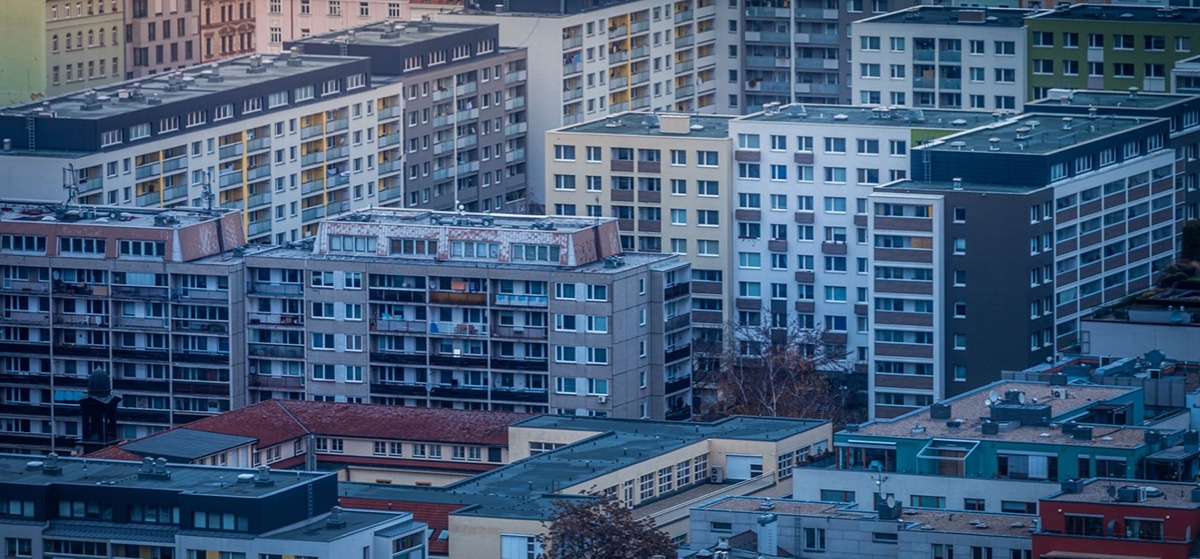
Finally, we come to soviet period from Prague. Communism also has its own style: grand, gray, concrete. Pretty ugly.
In Prague we see it in the former Parliament building, dating from the 60s, the restaurant Expo 58, in Letna Park, the Crown Plaza Hotel from the 50s, the tKotva department store, from 1975, to Zizkov TV Tower 216 meters high built between 1985 and 1992, and the panelaks, monumental buildings built on the outskirts of the city and inspired by Le Corbusier.
After the fall of Communism, very little was actually built inside Prague, but I think that with so many styles scattered throughout the city, any lover of history, art and architecture will have hours of walking guaranteed.
